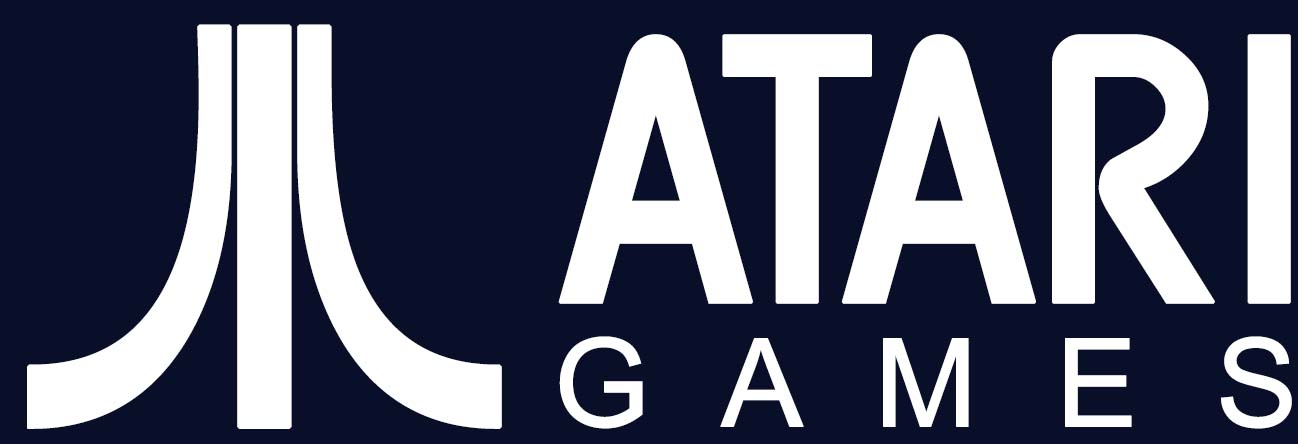
720°
|
 
|
||||||||||||||||||||||||||||||||||||||||||||
| Werbetext (englisch) |
|
The Ultimate Aerial Experience! By definition, a 720° is one of the most daring moves attempted only by the best, where the skater does a full 720-degree twist while soaring through the air. In 720°, the game, players can attempt to perform this move without bodily injury. This is only part of the fantasy world of 720°… Unique Action and Game Format The player portrays the skater who must earn the right to compete in the skateparks of the city and ultimately win the title of champion of the skating world. The action starts with the playeri n dhe middle of "Skate City", where all surfaces are skateable – a skateboarder's dream world! The player earns tickets for performing skullful skate maneuvers in the city. The tickets allow him to enter the skateparks where he competes against the clock for gold, silver or bronze medals. "Cash" prizes are awarded to the skater if he qualifies for a medal. After the skatepark competition, the game continues back in the city for more freestyle action. Numerous hazards and obstacles create a busy scenario in the city, and the skater has a limited time to get to another skatepark. Players can use their "cash" winnings to buy skating equipment from various skate shops located throughout the city. Boards will give the player faster speed. Helmets allow more risk-taking for successful maneuvers. Pads give faster recovery from falls. Shoes provide better height on jumps and quicker starts. New Controls Player controls consist of a rotary controller whick allows full circular and directional movement. A kick button keeps the player skating, and a jump button is used to "catch air" for higher points. Anything goes in this game, as players learn to make incredible skate maneuvers. More Visual and Audio Entertainment 720° has a new 25″ higher-resolution monitor for better graphics and animation than ever before. Plus, 8″ speakers highlight the custom music, sound effects and speech, making the player feel like he's right there in the action. Operator Features 720° is equipped with the comprehensive self-test and statistics package on all recent Atari Games products. Operator difficulty adjustments are also provided by four different option switches. |
| Trivia |
|
Das Spiel wurde auf Amstrad/Schneider CPC, Commodore 64, NES, Game Boy und Sinclair ZX Spectrum portiert. Im März 1999 erschien das Spiel unter dem Label Midway Home Entertainment für den Game Boy Color. Die Version für den Atari Lynx schaffte es nicht zur Marktreife. Es existieren auch Downloadversionen für PlayStation 2, GameCube, Xbox, Windows, PlayStation 3 und Xbox 360. Der Soundtrack des Spiels wurde ab 1987 in limitierter Auflage auf Schallplatte und Kassette vertrieben. Auf der B-Seite befindet sich der vom japanischen Keyboarder Hiroshi Kamaguchi (川口博史) komponierte und eingespielte Soundtrack des Sega-Arcadespiels Out Run. Im Gegensatz zu anderen Arcadespielen wurden die Lautsprecher hier als eine Art Boombox auf dem Gehäuse montiert. Der Bildschirm ist einer Bildschirmdiagonale von 25″ auch größer als der damals vorherrschende Standard. Der Code des Arcadespiels wurde in der Programmiersprache BLISS geschrieben. |
| Konsolenumsetzungen von Atari |
| ▶ 720° (Atari Lynx) |
| ◀ 3 on 3 Basketball | Accelerator ▶ |
Letzte Seitenbearbeitung: 15. Oktober 2023